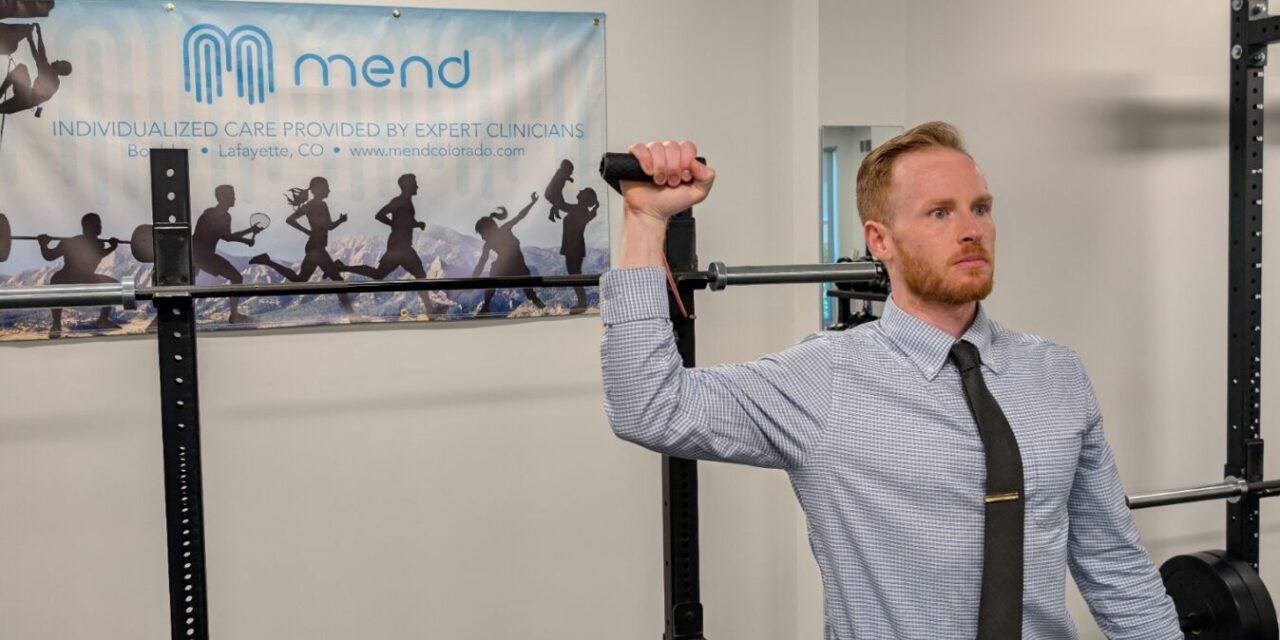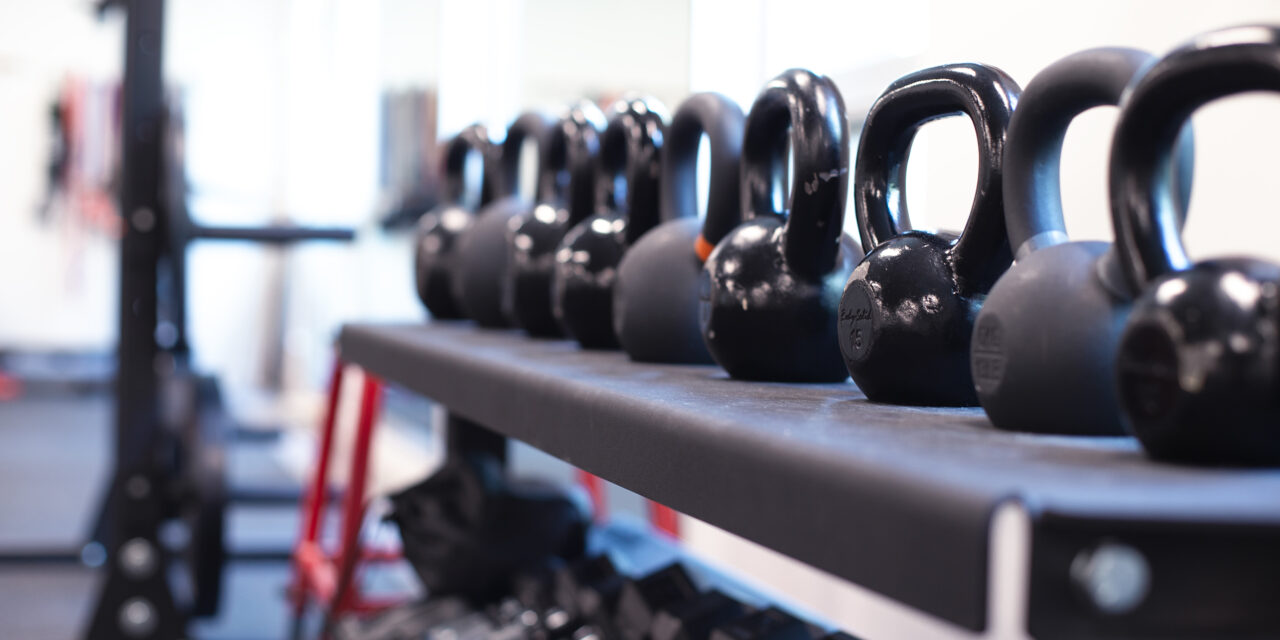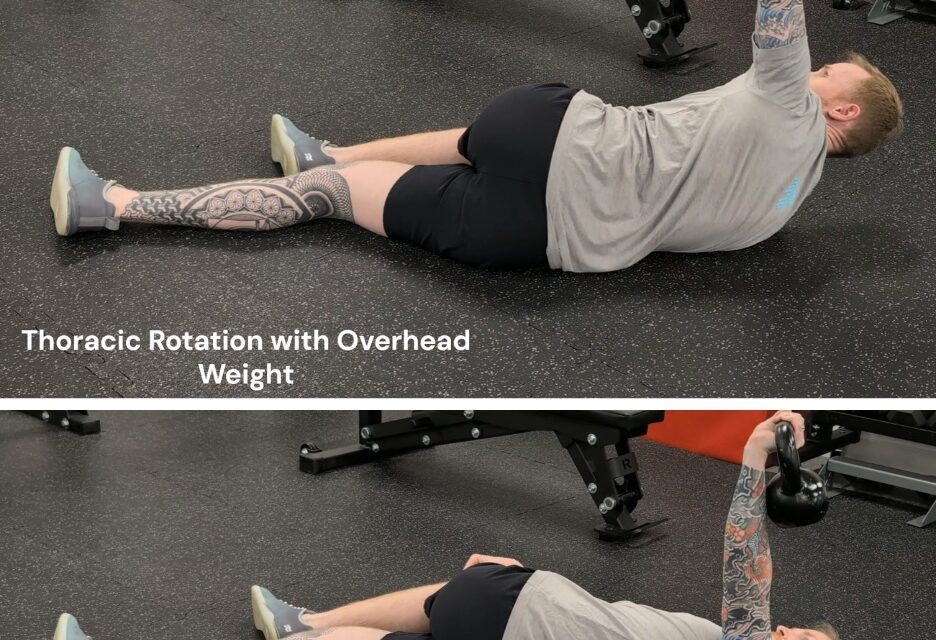By: Rani Helvey-Byers, PT, DPT, OCS If you’ve been doing all the right glute focused exercises but still feel like your glutes just aren’t firing, you’re not alone. Many people struggle to feel their glutes working during common exercises such as squats, lunges, and deadlifts. But there’s good news: a recent study found that static...
Dr. Ian Nay, PT, DPT, OCS Shoulder pain is one of the most common musculoskeletal disorders that we see at MEND, and in fact, will affect about 25% of all individuals at some point in their lives (1). Pain-relieving injections such as cortisone or corticosteroids have traditionally been used as a first-line treatment for shoulder...
Breaking Myths, Building Strength, and Protecting Your Pelvic Floor: What Every Young Female Athlete Needs to Know
June 16, 2025
By: Dr. Erica Tran, PT, DPT, OCS If you caught my Instagram Reel “Top 3 Things I’m NOT Falling For Anymore”, you already know it’s time to challenge outdated beliefs holding women back especially when it comes to strength training. But for young female athletes, pregnant women, postpartum warriors, and anyone dealing with pelvic floor...
By: Dr. Lucas Glomb, PT, DPT, OCS When the baseball season ends, many athletes shift their focus away from structured training. But the offseason is exactly when smart, focused work can make the biggest difference — especially when it comes to shoulder and elbow health. The difference between in-season and off-season programming is substantial. During...
Should I Lift Weights To Failure?
June 5, 2025
Strength training is an essential part of any exercise program. In our Boulder Physical Therapy and Lafayette Physical Therapy clinics we commonly utilize strength training to rehabilitate injured tissues and restore lost function due to injury. Intensity, measured by weight lifted, is one of the most important parameters to dial in on a strength training prescription. ...
By: Erica Tran, PT, DPT, OCS Working with individuals during pregnancy, we’re often asked, “What is the best position to deliver a baby in?” Our response is consistent: there is no one perfect position. Just like with posture, the best position is the one that keeps changing and allows you to feel most supported, safe,...
By: Erica Tran, PT, DPT, OCS For years, the absence of robust research led to a cautious approach toward heavy resistance training during pregnancy. As more research is being done on the pregnant population the evidence is becoming clear that activity, including heavy weight lifting, does not increase risk to mom or baby, but rather...
Older adults are at high risk of sacropenia or the loss of muscle mass due to aging. Sacropenia can be driven by different diseases and conditions, but is most commonly due to changes in metabolism and activity levels. The loss of strength and muscle mass is one of the strongest predictors of disability in older...
By: Lucas Glomb, PT, DPT, OCS We’re often asked whether strength training is safe for kids and adolescents. The short answer: yes — when done correctly, it’s not only safe but incredibly beneficial. Decades of research support the safety and effectiveness of youth resistance training when properly supervised. In fact, a position statement from the...
By: Ian Nay, PT, DPT, OCS Increasing the ability to move through a full range of motion in the thoracic spine is extremely important for many types of people that we treat at MEND including overhead athletes, CrossFitters/weightlifters, climbers, cyclists, golfers, and those who spend a good amount of time on the computer. The thoracic...










